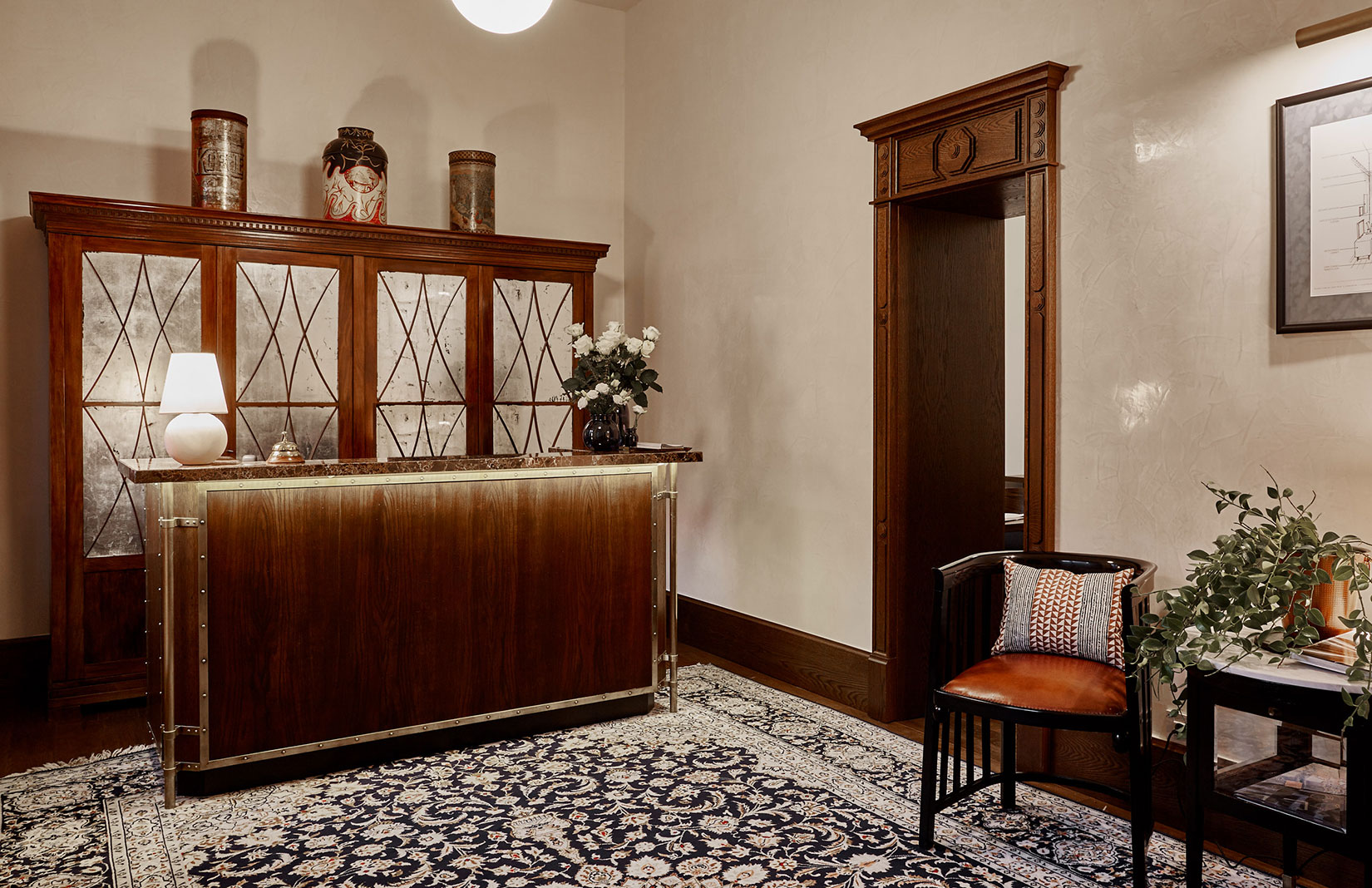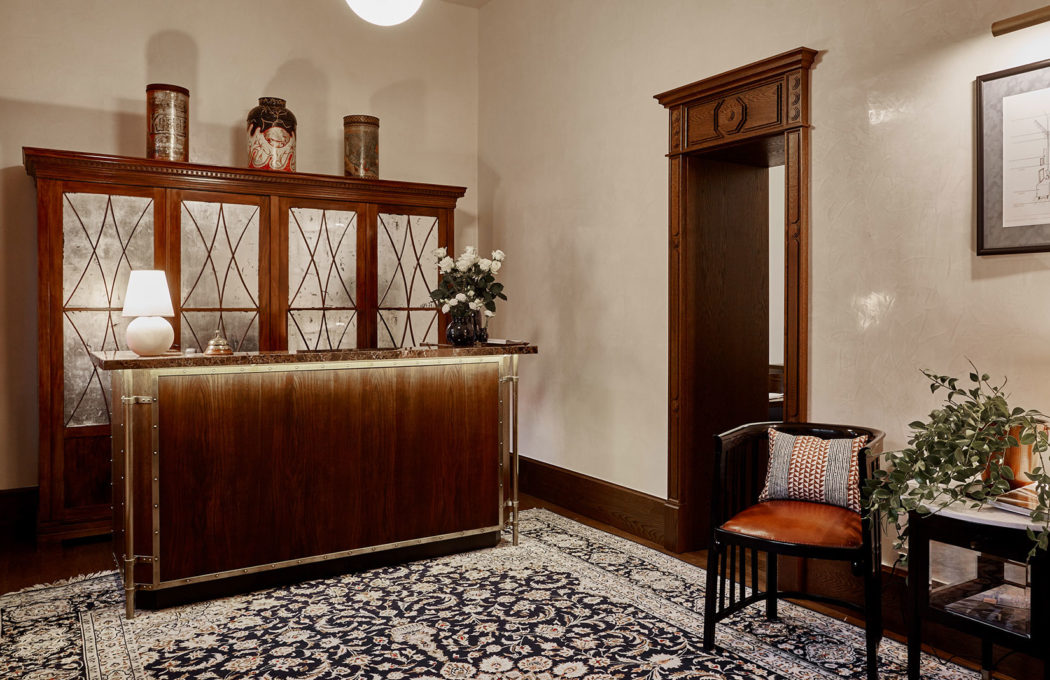
Photography: Zsolt Batár
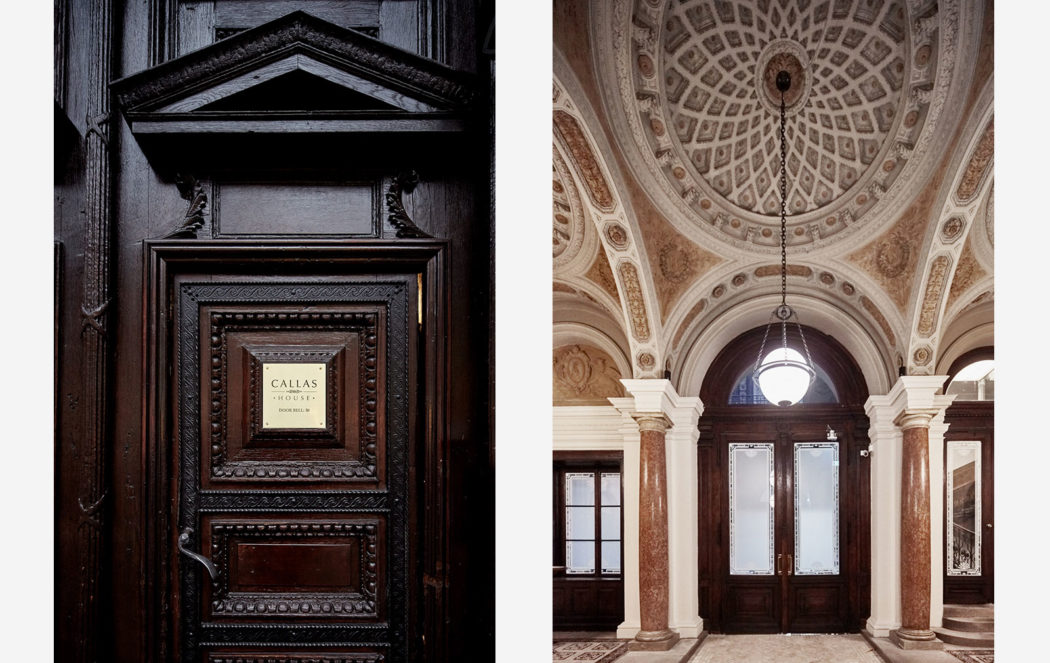
Photography: Zsolt Batár
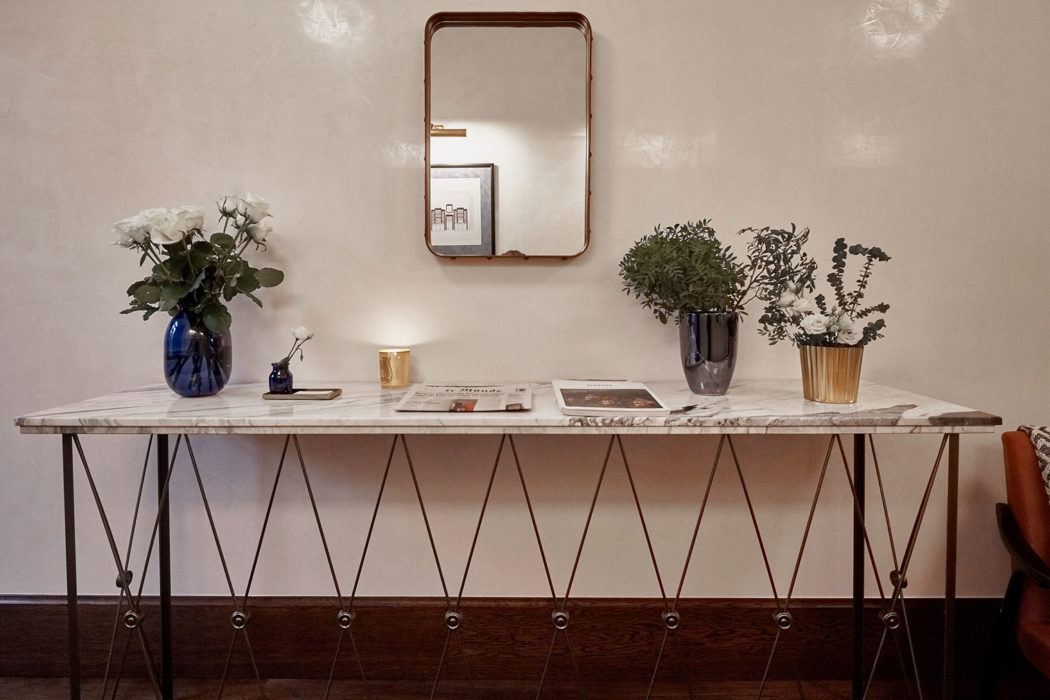
Photography: Zsolt Batár
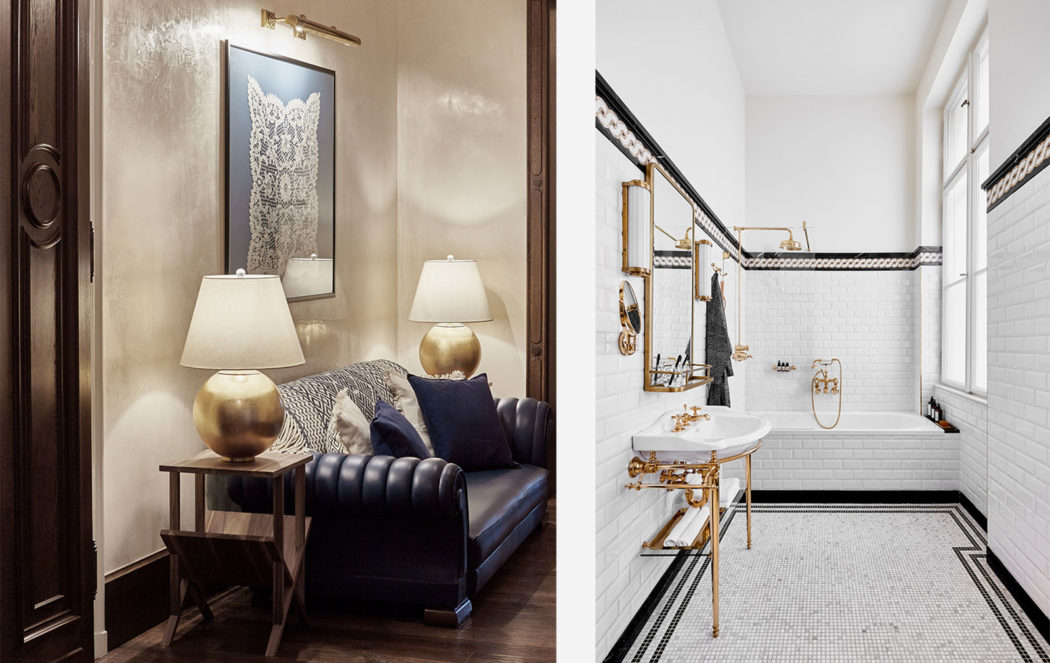
Photography: Zsolt Batár
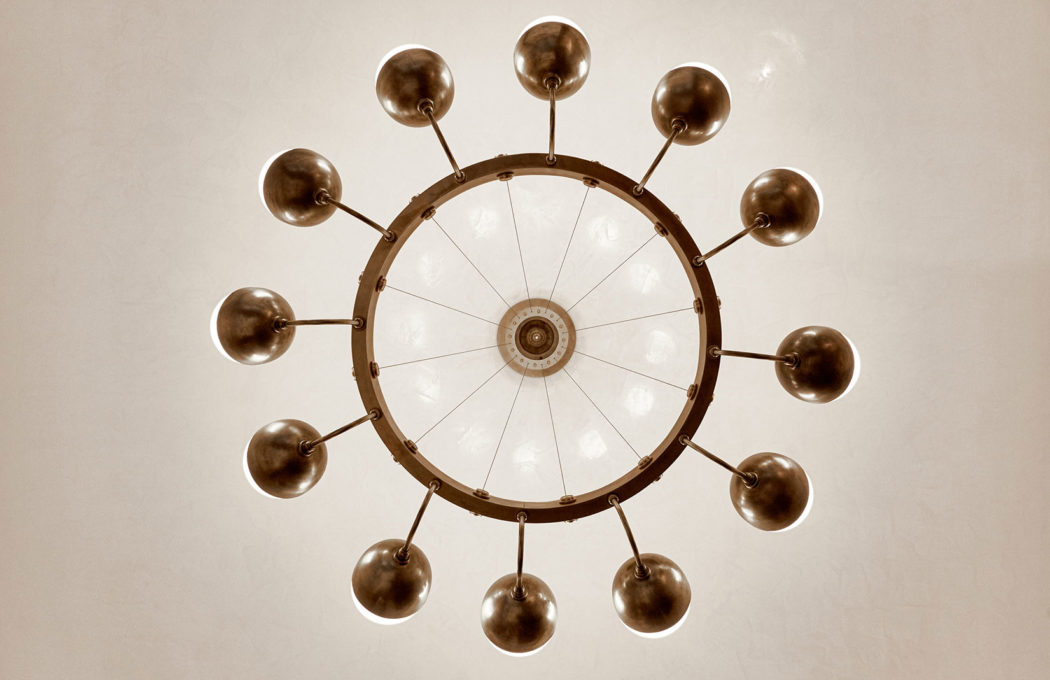
Photography: Zsolt Batár
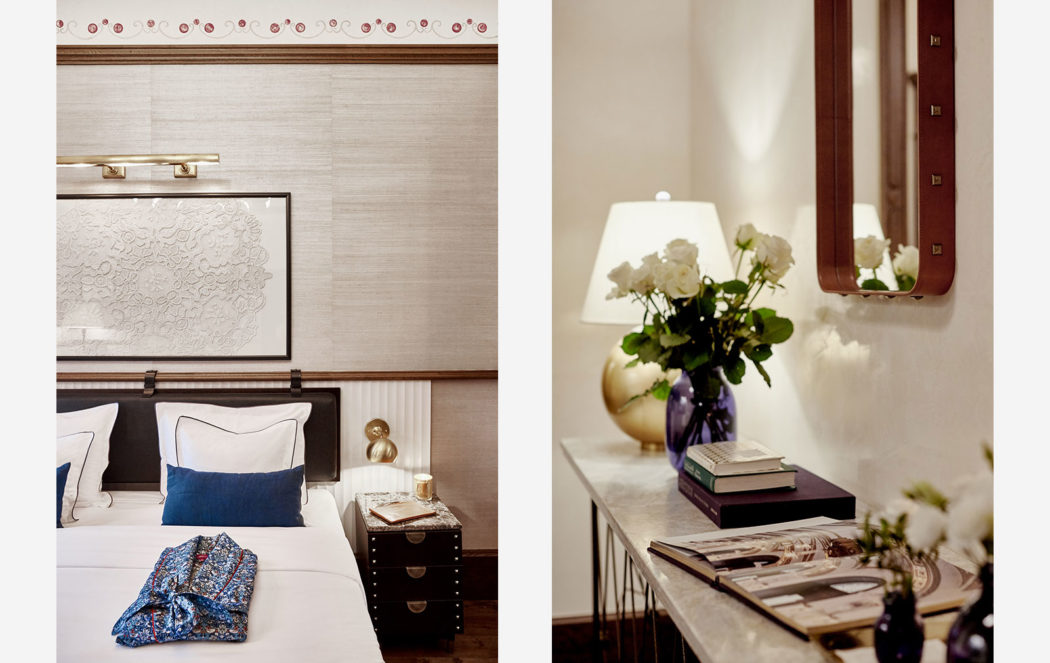
Photography: Zsolt Batár
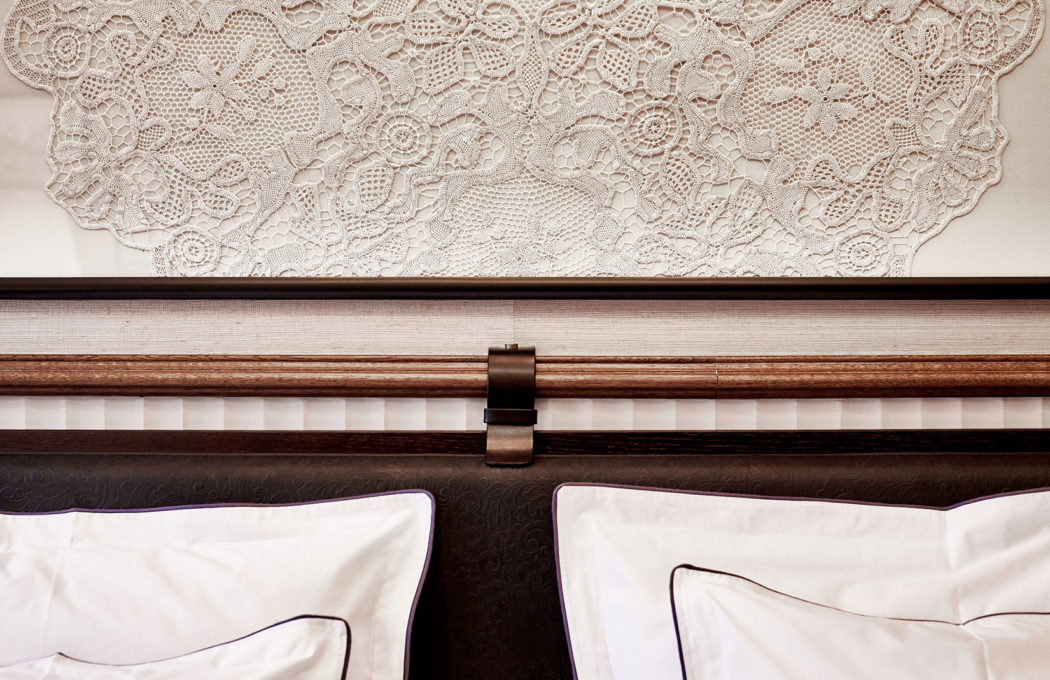
Photography: Zsolt Batár
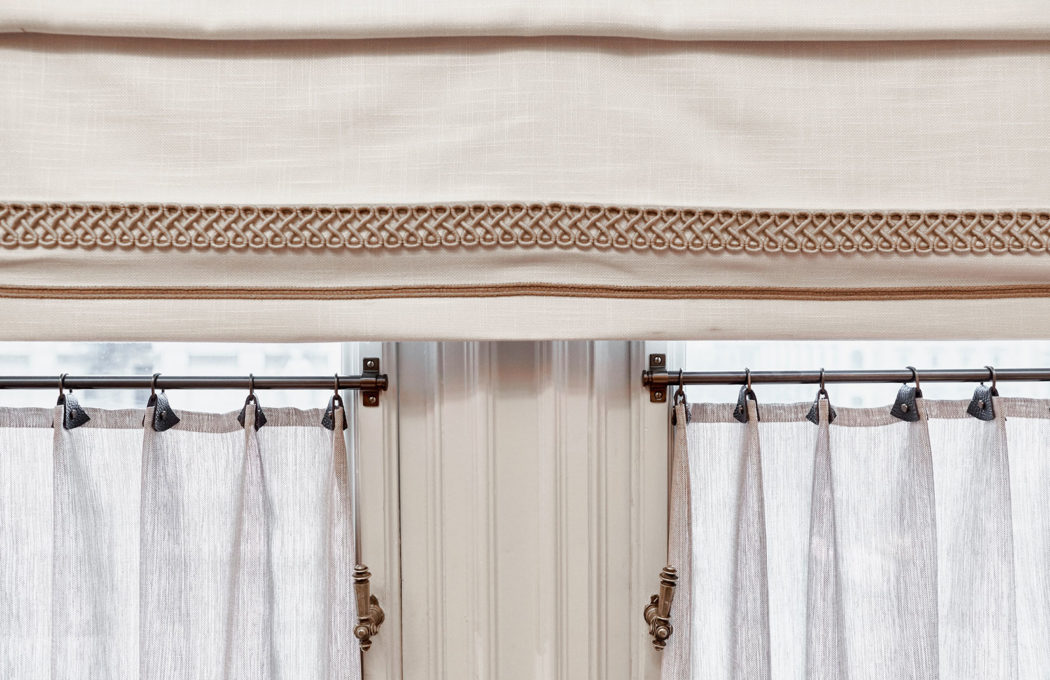
Photography: Zsolt Batár
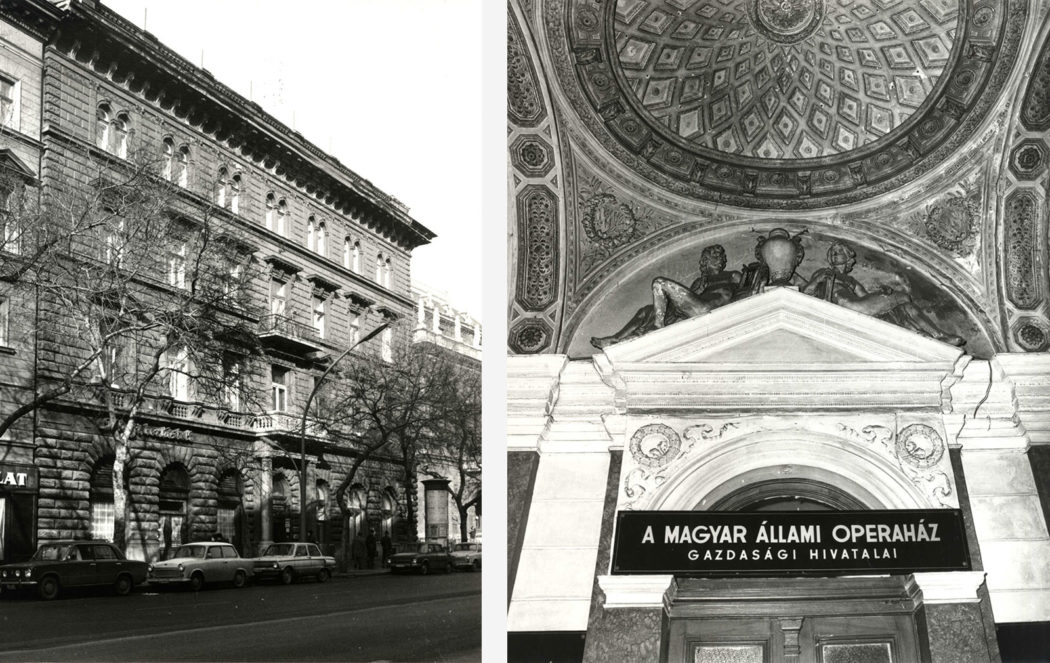
Archive photography of the building, courtesy of Callas House and Café

Photography: Zsolt Batár

Photography: Zsolt Batár
David Collins Studio referenced historic Hungarian architecture for the interiors of this 22-room ‘mini hotel’ in Budapest.
Callas House is a continuation of the studio’s work on Callas Café & Restaurant, which opened ten years ago on the ground floor of the building – designed by Hungarian architect Vilmos Freund in 1880.
With the downstairs café featuring locally sourced pearlescent tiles and a dramatic vaulted ceiling, David Collins Studio set out to recreate a similar feeling in the empty third and fourth floors.
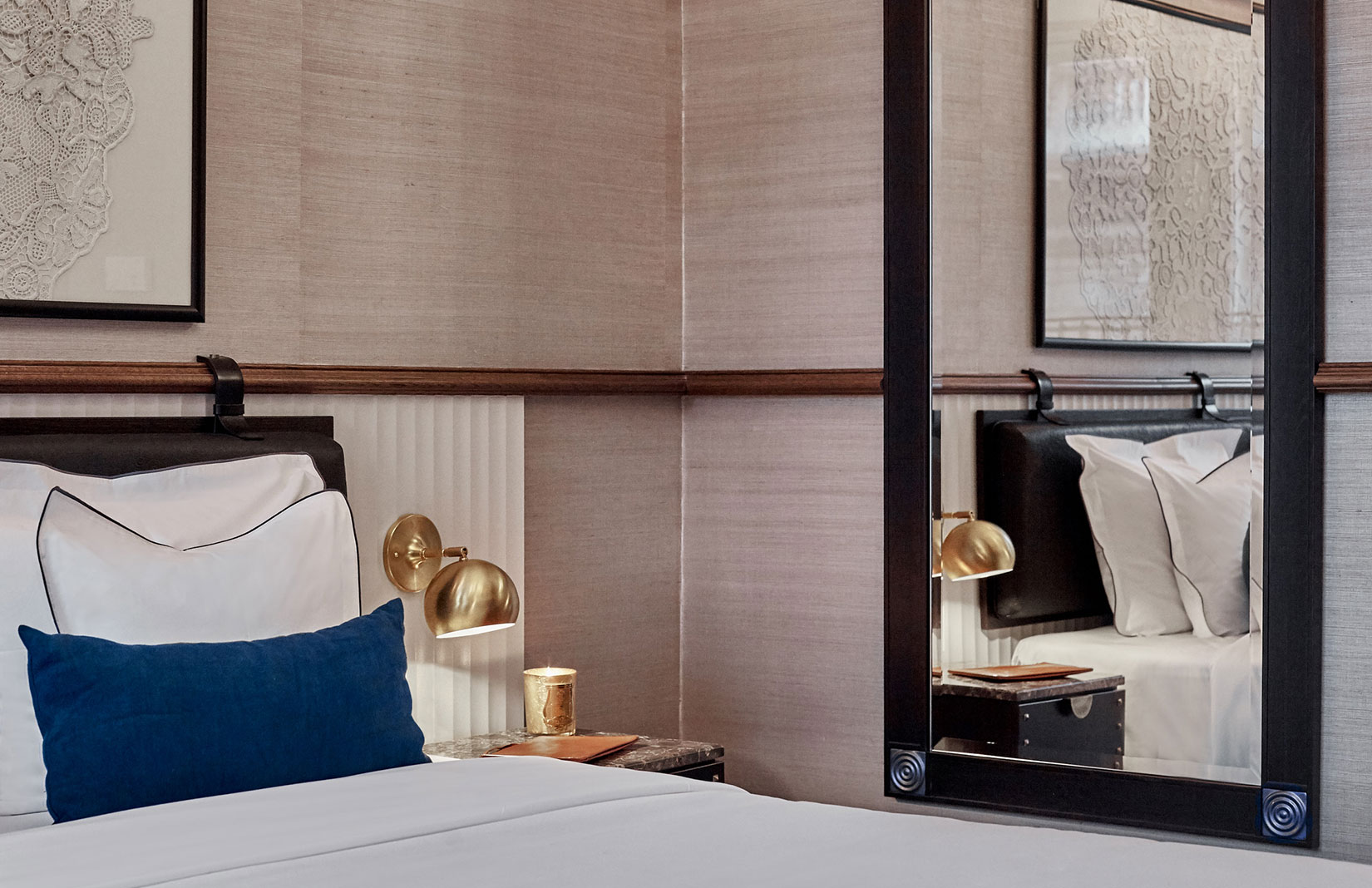
‘The restaurant interiors have worn so beautifully, so we used similar materials in the hotel to give the guest rooms that aged feel,’ says Simon Rawlings, creative director at the firm – set up by the late David Collins in 1985. ‘We tried to make things belong with the architecture and age of the building, rather than looking like a brand new room.’
Rooms feature dark wood detailing, brass accents, and locally-made framed lacework and textiles, as well as bespoke pendants designed by the studio.
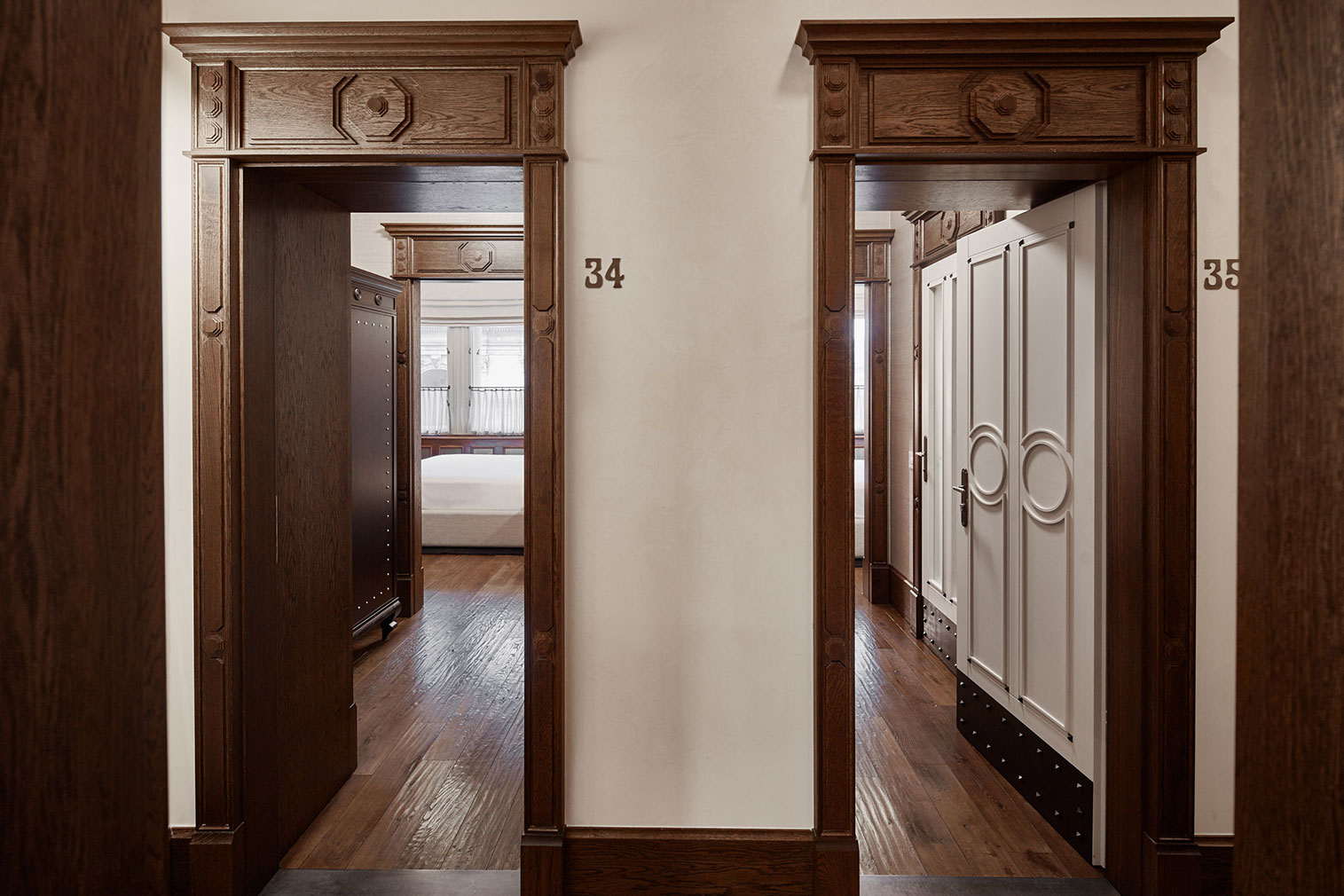
The building, which is situated next to the Hungarian State Opera House on Andrássy Avenue, has served several roles over the years – everything from a café and a bank, to the home of the Opera Clothing Company.
Its original architraves and door mouldings have been kept, or replicated faithfully where missing, and the studio designed a muted colour scheme – except for the occasional flash of teal.
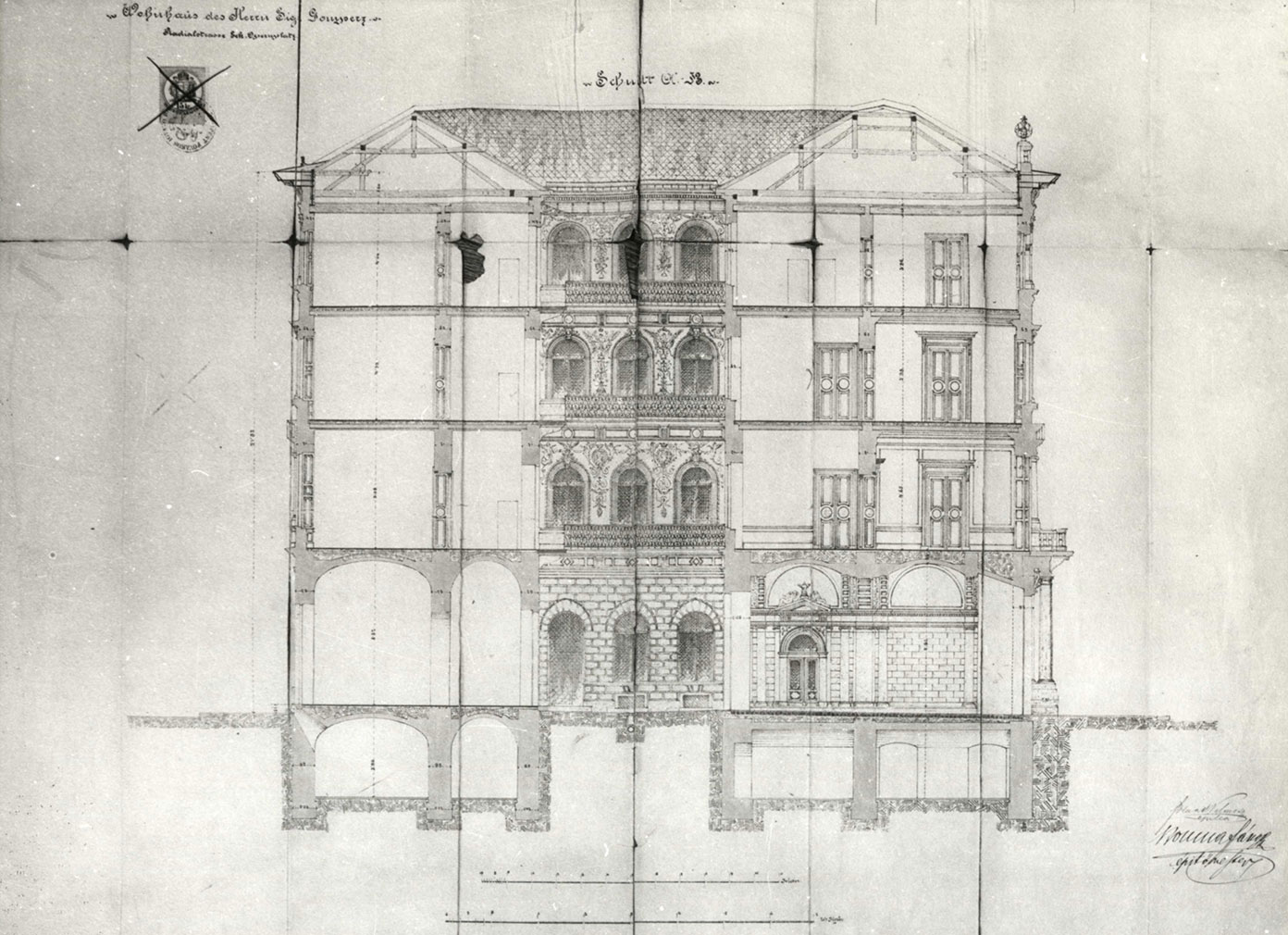
Local architecture is also referenced throughout the hotel, with the use of metal studs that adorn mirrors, and furniture including bespoke bedside tables.
‘When we were creating the design it felt very masculine, so we wanted to offset that with a delicateness that comes through the beautiful woven fabrics and hand-painted stencilling,’ adds Rawlings. ‘What you end up with is something architecturally powerful, but comforting in its detail and materiality.’
Read next: Inside Budapest’s secret Bauhaus treasures




